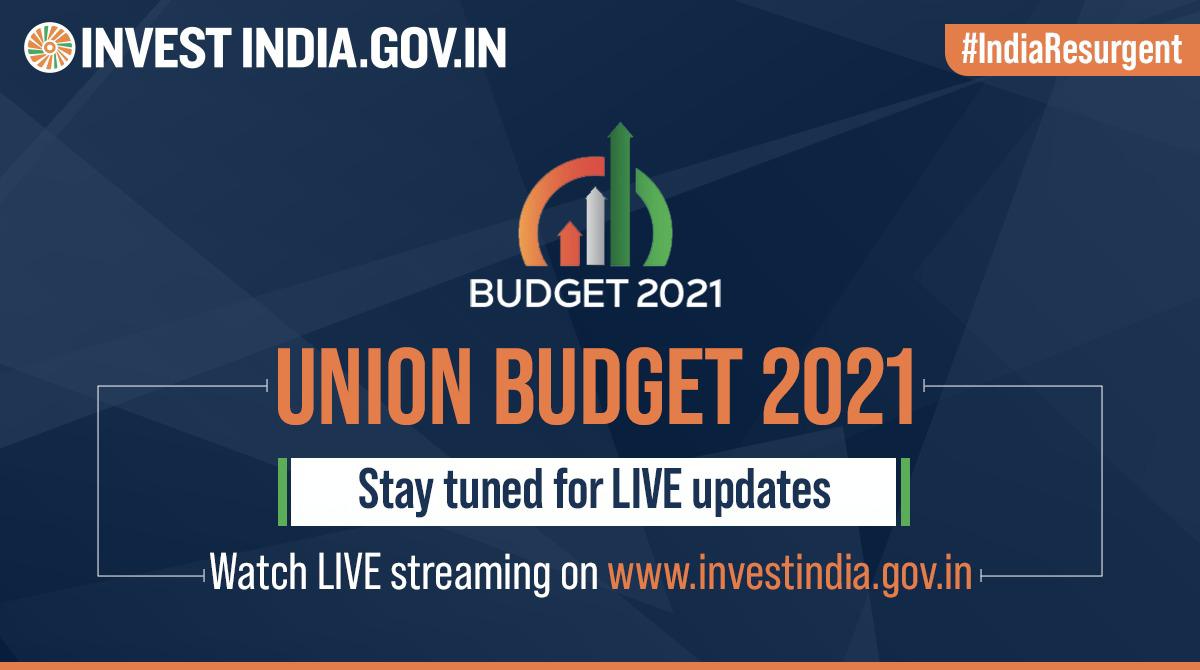Union Finance Minister, Nirmala Sitharaman, presented the first budget of the decade this morning. Pegging the fiscal deficit in 2020-21 at 9.5% of GDP, the finance minister said, has built on six pillars namely health and well-being, physical and financial capital, inclusive development, human capital, innovation and R&D, and minimum government and maximum governance. It was adequately been mentioned in her speech that it will be a golden period for India in terms of infrastructure development, doubling the agriculture sector, labour market reforms and enhancing investors’ confidence to invest in India.
While quoting Rabindranath Tagore, “Faith is the bird that feels the lights and sings when dawns break down”, this year’s budget has realised India’s thrust on textile sector and induced massive reforms in tax, thereby, realising the Prime Minister’s vision of a $ 5 Tn economy for India.
Covering the entire socio-economic belt, the government has showcased proactive planning by providing essential services under Pradhan Mantri Garib Kalyan Yojana - world’s largest vaccination drive, revamping domestic manufacturing schemes in the country and standing firm on their stand of minimum government maximum governance.
While the markets have given a thumbs up to the budget, women and child development sector is one of the major footholds without which Aatmanirbhar Bharat Mission would not bear fruits.
Even before the pandemic, India’s performance in nutrition-related indicators and women’s participation in workforce was weak and thus, to rectify the situation, the government has announced a centrally funded scheme - Aatmanirbhar Swasth Bharat Yojana - with an outlay of INR 64,180 crore over six years in addition to the National Health Mission. It is a welcome step towards strengthening primary, secondary and tertiary healthcare in the country.
Setting up of 15 Health Emergency Centres shows the government’s intent to be ready to tackle any healthcare crises in the future. The allocation this year is likely to be around INR 2,23,846 crore which is a 130% rise from the budget last year. While depicting India as one of the major frontrunners in post-Covid 19 world, INR 1000 crore has been allocated for tea workers boosting women workforce.
Government is proposing to merge the supplementary nutrition programme and Poshan Abhiyan and launch Mission Poshan 2.0 with an aim to strengthen the nutritional content delivery and the outreach.
Human capital stated as the fourth pillar for growth in this year’s budget, talks about the 50,000 rural schools’ upgradation, collaboration of 1000 Sainik schools with NGOs, proposal for nine higher education clusters under PPP model and establishing global institutions for Higher Education under National Education Policy 2020. Investments under infrastructure have increased to establish more than 750 Columbia School Models including hilly areas and revamped scholarship programs are being applauded.
Today’s budget, therefore, showcased the government’s intention and willingness to ensure that women and children are very much a part of India’s growth story!
#AatmanirbharBharatKaBudget #BacktoGrowth #UnionBudget2021







